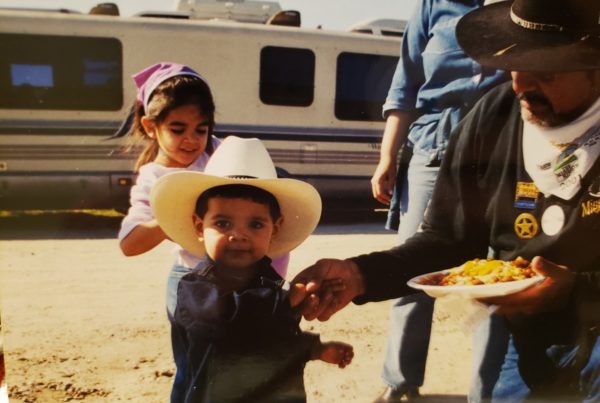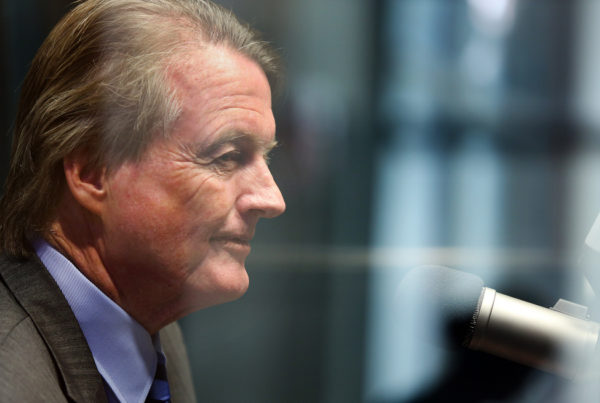Back in the 1980s, HIV and AIDS were a mystery to many. Gay men were dying from a disease that most people didn’t understand, and one that was highly stigmatized. That stigma is still around today, but there’s also hope that less Americans will die from AIDS because of new therapies and other scientific advances.
Today, treatment is widely available in the U.S., and infection rates are going down in places like San Francisco. But there’s some places where rates are actually going up, including in Houston. Dr. Charlene Flash, a doctor of infectious diseases and associate chief medical officer at Houston’s Legacy Community Health, writes about this disparity in her recent essay in The New York Times. She says the American southeast is having a particularly hard time controlling the disease.
“Especially in certain populations,” Flash says. “Places throughout the southern United States … are having challenges.”
What you’ll hear in this segment:
— What cities are doing to prevent and treat HIV and AIDS
— How non-medical issues like lack of insurance, racism, stigma and lack of transportation make the epidemic worse
— How likely it will be that the U.S. can achieve President Donald Trump’s goal of eradicating HIV in 10 years
Written by Morgan Kuehler.















